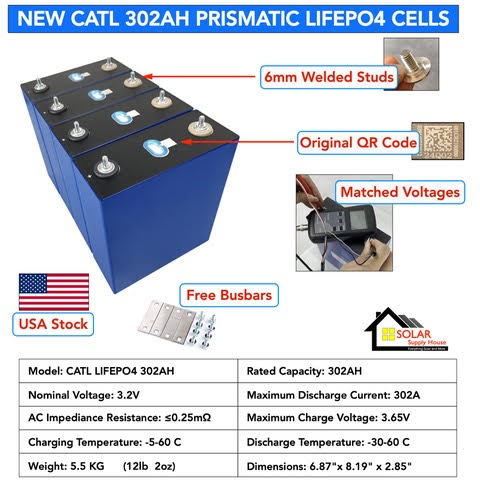Most reacted posts
-
Post in thread: AC/Gen bypass vs charging on EG4 6000
What dictates when/if the EG4 6000 is sending generator or grid power to the charger only vs bypassed straight to the load? I see the manual lists these modes. But I don't see how it decides what to do.- Reaction score: 0
-
Post in thread: EG4 3000EHV noise levels without PV?
How quiet (or loud) is an EG4 3000EHV with no PV and only batteries? Would be supporting a critical load subpanel with only 1 or 2 rack batteries as a UPS. So for 98% of the time, it would be on grid power with fully charged batteries standing by. In a grid outage, the batteries would supply...- Reaction score: 0
-
Post in thread: AC/Gen bypass vs charging on EG4 6000
Ah ha, I wasn't connecting the dots that it was the same single piece of internal hardware, not an inverter and a separate charger under the hood. So with a 50amp grid input, it can use up to 25 amps of that for charging, leaving a minimum of 25 amps to load. Which matches the 25 amp inverter...- Reaction score: 0


